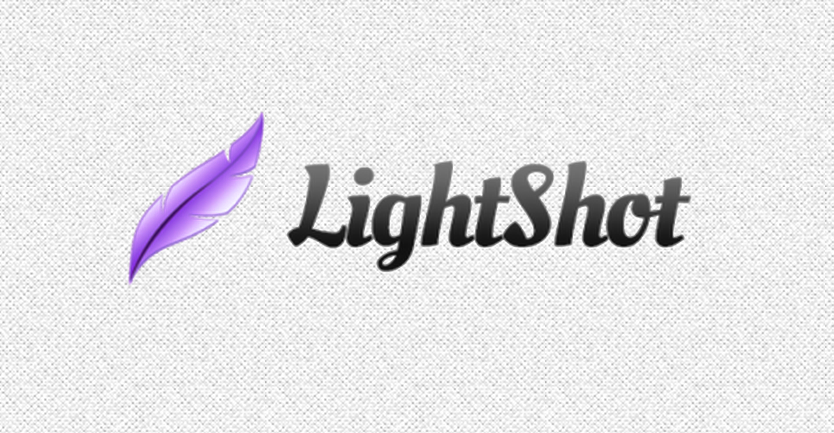

This is useful if you need to check the date you initially took the image, if you never saved the file, or if you want to go back and make different edits.Īnother of LightShot’s advantages is its efficiency. With an account (either Google or Facebook), you can even go so far as to check your entire screenshot history. One of LightShot’s more unusual perks is that you can also use it to take multiple screenshots without having to click the button repeatedly. No matter what you choose, it’s all handled from the same window, conveniently removing the need for other third-party apps, copious drop-downs, or subwindows. From there the image can be printed, uploaded to the cloud, or shared to social media. These enable you to easily edit in all manner of arrows, brush, blur, shapes, and text. On a single-screen layout, it showcases all available tools and functionalities. The interface is one of LightShot’s most outstanding assets. If you want to reattempt the image capture, you can cancel out by hitting ‘Escape’ or just closing the window. Click and drag the area you want in your screenshot, and it will open right into LighShot’s built-in editor. An instruction reading ‘select area’ then appears next to the cursor. This activates LightShot, and the screen will dim. This is a recommended app.Recording the image on your PC screen is as simple as pressing the ‘Prt SC’ button. Using it is straightforward and it offers you plenty of ways to customize your captured shots. In summary, Lightscreen will be a good option for those who prefer speed and simplicity over a large feature set in their screenshot tool. One thing that this tool is missing and would add to its overall usability is a built-in editor for making quick and simple changes to your screenshots before saving them. Additionally, this is where you can set hotkeys to make using Lightscreen easier and faster. In your setting menu, you can configure various parameters such as custom filenames or enabling timestamps in your captures. You can also open additional options from this menu.

All three functions of Lightscreen can be access from its system tray icon, as well as its upload options and folder directory, which by default, is located in Documents > Screenshots.
The third option can be used to take a screenshot of a specific window, which will come in handy for capturing programs. It even lets you make adjustments afterward by dragging the edges of the selection box. The middle one allows you to select a specific portion of your screen to take. The first one from the left is your standard screenshot function, which captures your entire screen. It has three main functions to choose from depending on your needs. Lightscreen features a compact and user-friendly UI with its floating taskbar-like window.


 0 kommentar(er)
0 kommentar(er)
